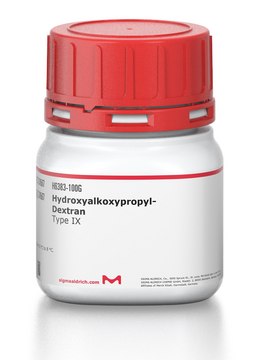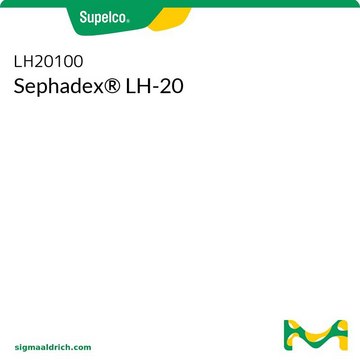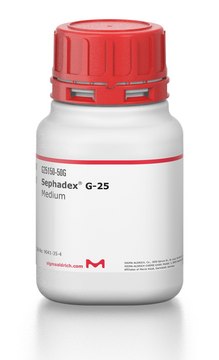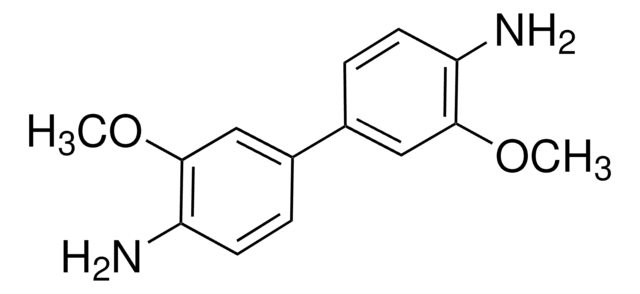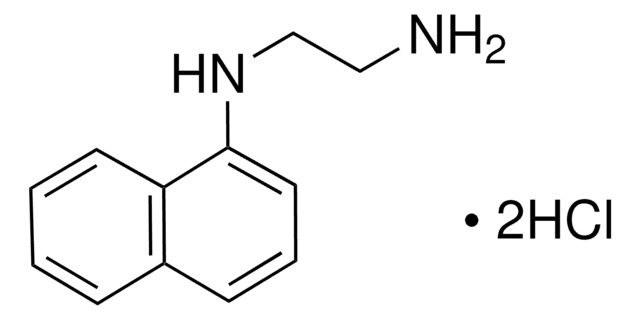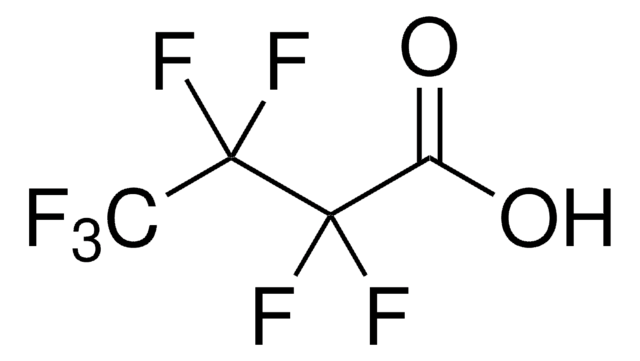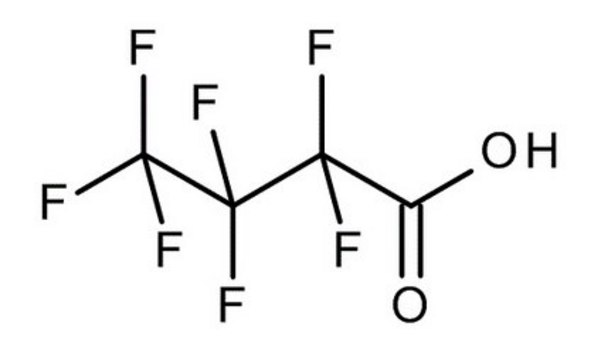Recommended Products
type
Type VI
storage temp.
2-8°C
Looking for similar products? Visit Product Comparison Guide
1 of 4
This Item | 77249 | 52411 | 843443 |
|---|---|---|---|
| Quality Level 200 | Quality Level 100 | Quality Level 100 | Quality Level 200 |
| refractive index n20/D 1.3 (lit.) | refractive index n20/D 1.3 (lit.) | refractive index n20/D 1.3 (lit.) | refractive index - |
| density 1.645 g/mL at 25 °C (lit.) | density 1.645 g/mL at 25 °C (lit.) | density 1.645 g/mL at 25 °C (lit.) | density 1.65 g/cm3 at 20 °C |
| bp 120 °C/755 mmHg (lit.) | bp 120 °C/755 mmHg (lit.) | bp 120 °C/755 mmHg (lit.) | bp 121 °C/1013 mbar |
| form liquid | form liquid | form liquid | form liquid |
Application
Other Notes
Storage Class Code
11 - Combustible Solids
WGK
WGK 3
Flash Point(F)
Not applicable
Flash Point(C)
Not applicable
Personal Protective Equipment
Choose from one of the most recent versions:
Already Own This Product?
Find documentation for the products that you have recently purchased in the Document Library.
Our team of scientists has experience in all areas of research including Life Science, Material Science, Chemical Synthesis, Chromatography, Analytical and many others.
Contact Technical Service